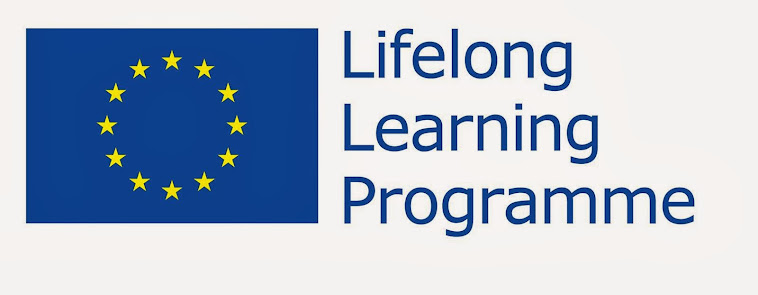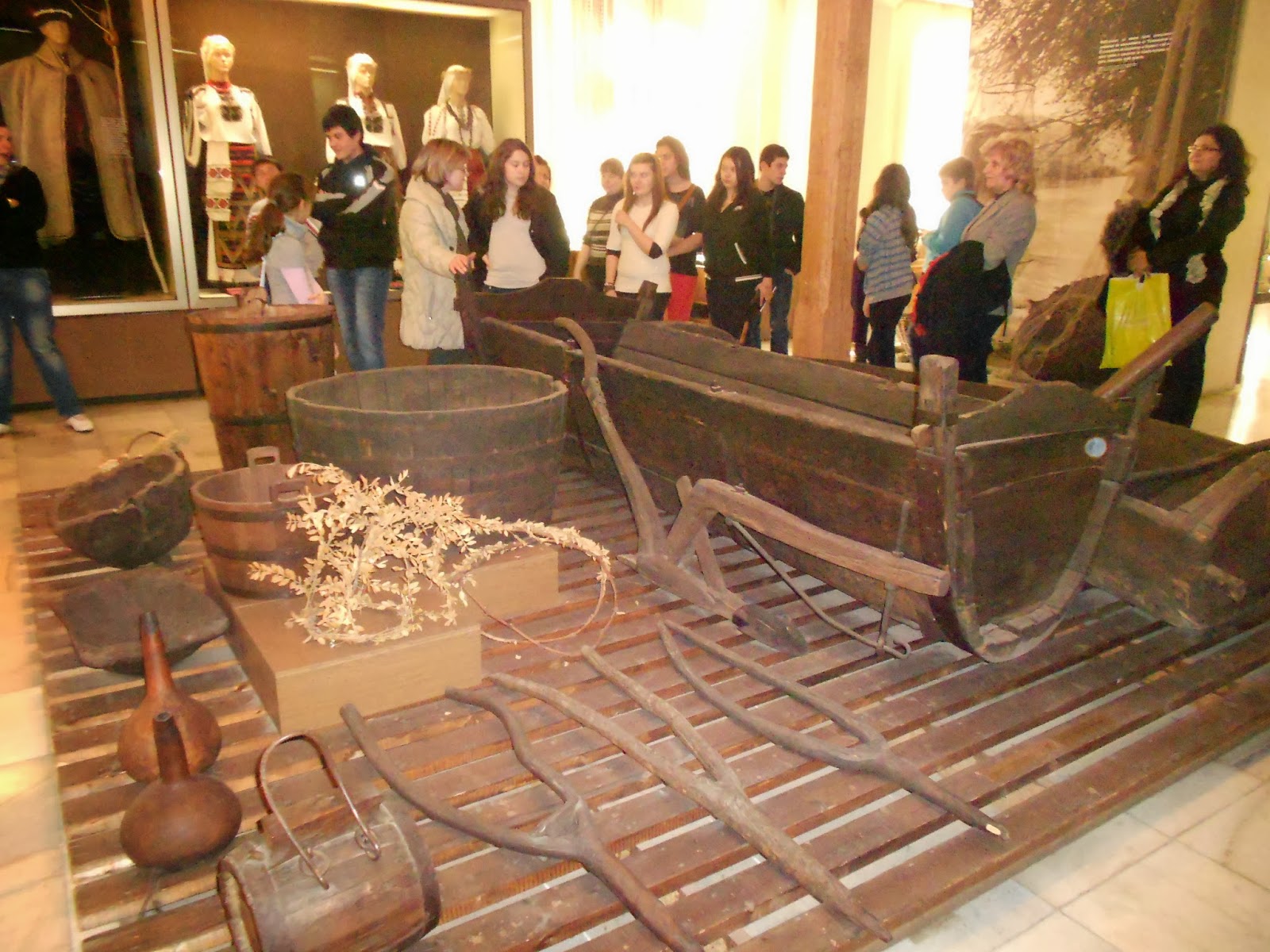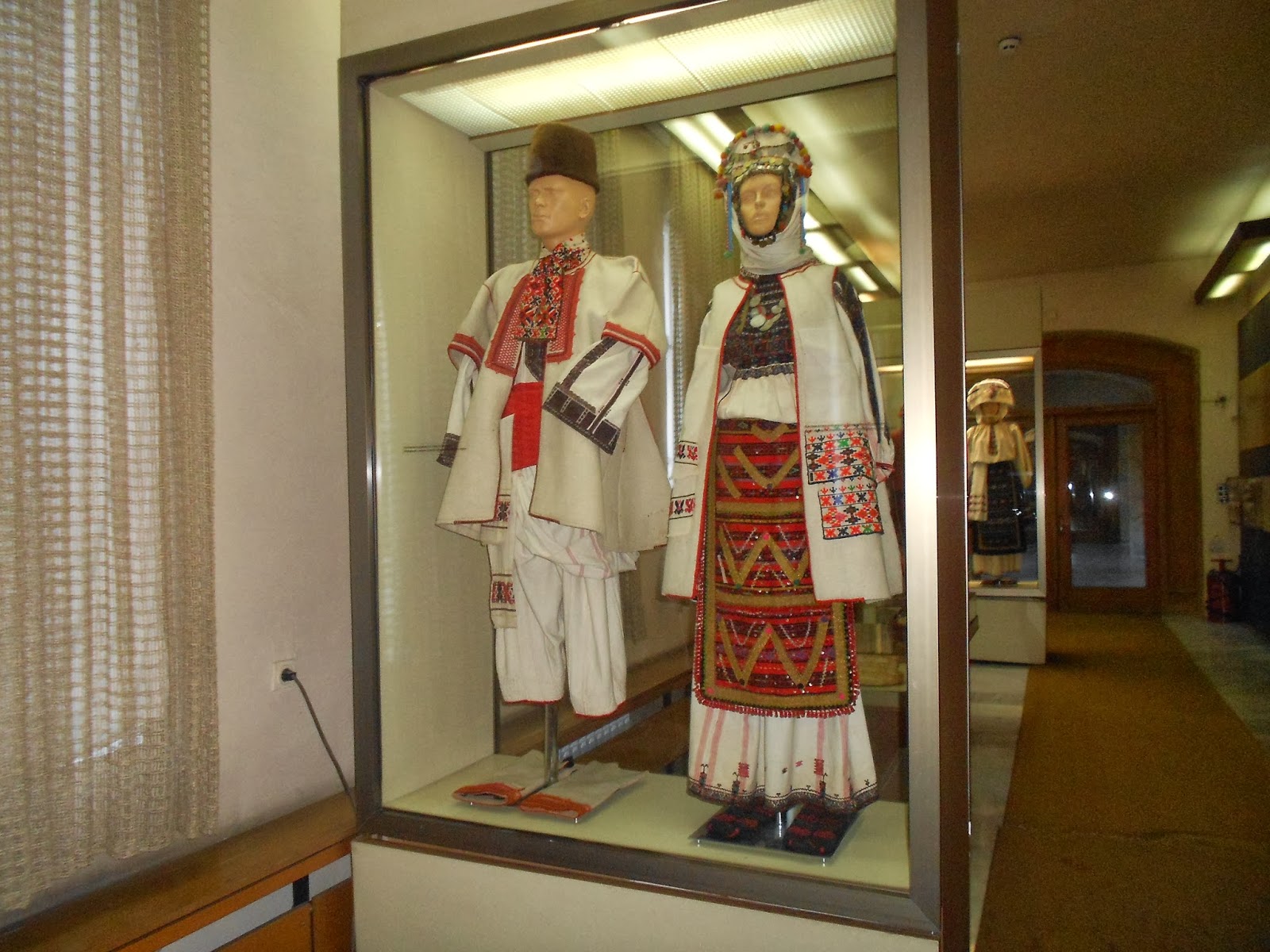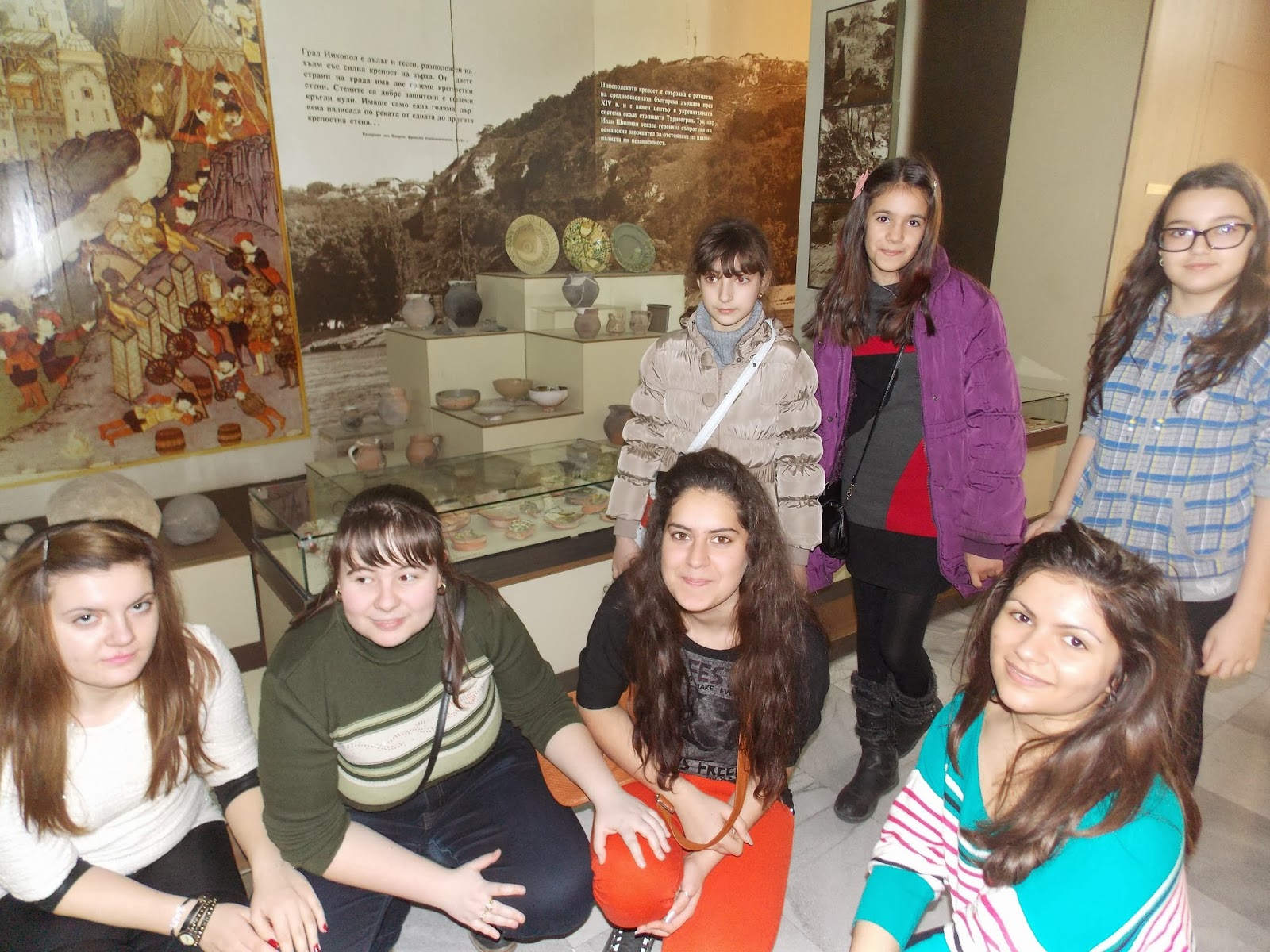After the
heavy snowfall in January, two weeks before the National Bulgarian Holiday (on
3 March), a group of students and teachers went on a short school trip to the
regional town in Pleven where they visited some of the most popular attractions
from a historical point of view.
The first
stop was the Panorama Pleven Epopee 1877, more commonly known as Pleven
Panorama, which depicts the events of the Russian-Turkish war of 1877-78, and
specifically the five-month Siege of Pleven, which contributed to the
Liberation of Bulgaria after five centuries of Ottoman rule. The students
showed a lively interest in Bulgarian historical events presented by a guide in
an exciting way.
They didn’t
know that the monument was built by the people of Pleven in tribute to the
battle and to the nearly 35,000 lives lost. After visiting the monument the
students bought some souvenirs and postcards in front of the Panorama and then
walked for an hour in the Skobelev Park where the monument is situated.
The second
place of historical interest was the Regional Historical Museum. The guided
tour through some of the halls was a tour through the past presenting the
traditional manner of life and culture in the past. The students received
knowledge about some old Bulgarian rituals (German and Peperuda) which were
made for rain and also the habits Koleduvane and Lazaruvane.
In one of the halls from the Middle Ages the
students saw the original main gate of the Nikopol fortress as well as the
Nikopol treasure, connected with the last, tragic days of the second Bulgarian
state. The tour ended up in the hall, dedicated to the great Bulgarian opera
singer Gena Dimitrova (1941 – 2005)- one of the brightest stars of the world
opera art from the end of the twentieth century. She conquered with enormous
success the most famous opera theaters in the world from Arena di Verona, Scala
di Milano to Metropolitan opera.
Then the
group visited some sightseeings in the centre of Pleven such as the War museum
and the Mausoleum in Pleven.
The trip
ended up in the main street of Pleven, where a great Martenitsa market was
organized and the students bought some of the white and red threads symbolizing
health and prosperity.
























































